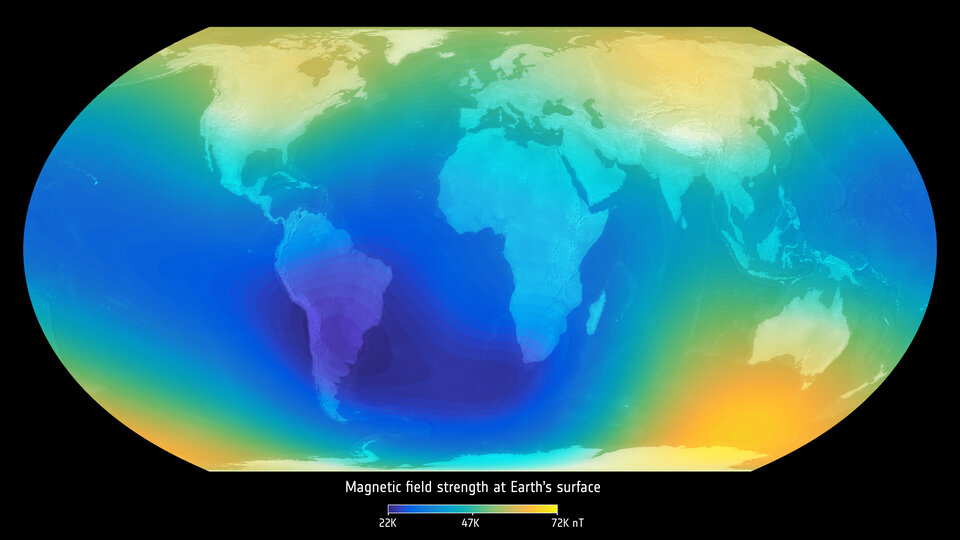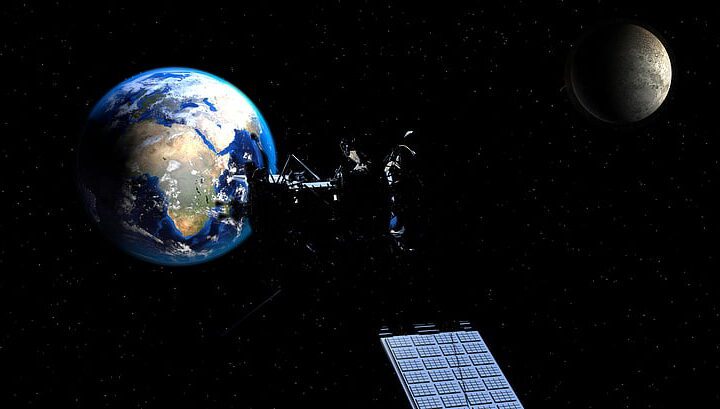Our planet’s magnetic north pole is moving. Since 1831, when explorers first found it in Canada’s Boothia Peninsula, it has traveled hundreds of kilometers through the Arctic Ocean and is now heading toward Siberia. This movement affects everything from our phone’s compass apps to airplane navigation systems.
Scientists recently found a remarkable piece of evidence that helps explain these magnetic changes – an ancient tree in New Zealand. This tree, preserved for 42,000 years, recorded a time when Earth’s magnetic field behaved very differently from today.
“For the first time ever, we have been able to precisely date the timing and environmental impacts of the last magnetic pole switch,” says Chris Turney, who studied the ancient tree. The tree’s rings showed that Earth’s magnetic field weakened dramatically during this period, dropping to just 5% of its current strength.
Why does this matter? Earth’s magnetic field works like an invisible shield. It protects us from harmful solar radiation and keeps our atmosphere in place. When this field weakens, more cosmic rays – particles from space – can reach Earth’s surface. During the event 42,000 years ago, these cosmic rays doubled, leaving traces that scientists can measure today.
These changes affect our daily lives in surprising ways. Your phone’s navigation systems require updates every five years as the magnetic pole moves. The latest update to the World Magnetic Model, which helps devices determine true north, will guide navigation until 2030.
Similar Posts:
“Understanding these extreme events is important for their occurrence in the future, space climate predictions, and assessing the effects on the environment,” explains Sanja Panovska from the German Research Center for Geosciences.
One current concern is the South Atlantic Anomaly, an area where Earth’s magnetic field has become particularly weak. Satellites passing through this region face higher radiation levels, which can affect everything from TV signals to GPS accuracy.
To help people understand these changes, European scientists have created something unique – they’ve turned magnetic field data into sound. Using recordings of creaking wood and crashing rocks, they’ve made Earth’s magnetic changes something we can hear.
The last time Earth’s magnetic poles completely flipped was 780,000 years ago. These reversals occur irregularly, roughly every 200,000 to 300,000 years. Scientists track these changes carefully because they can affect many systems we rely on daily – from our communications systems to the navigation equipment that guides planes and ships.
What makes today’s situation notable is the magnetic pole’s dynamic movement toward Siberia. This movement has prompted scientists to increase their monitoring efforts to understand its effects on our technology and environment.
These magnetic changes remind us that Earth is dynamic and constantly changing. While these shifts happen slowly enough that we don’t notice them in our daily lives, understanding them helps us protect the technology we depend on – from the phones in our pockets to the satellites overhead.



















